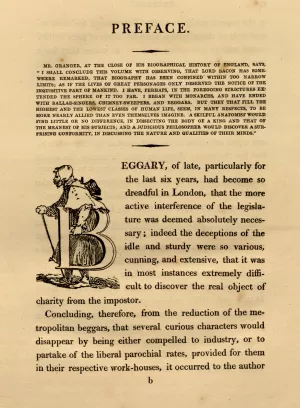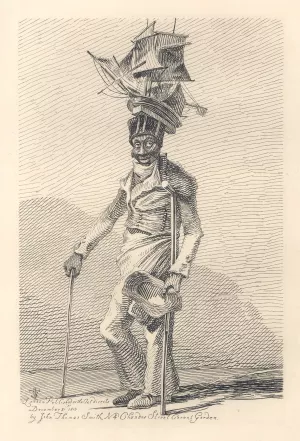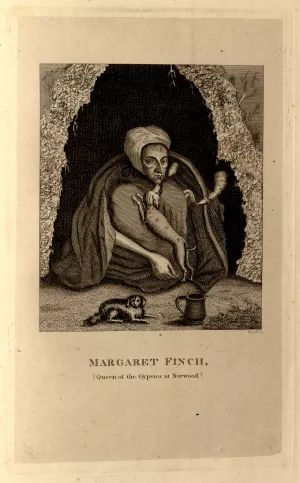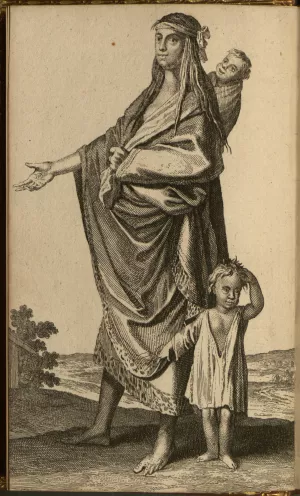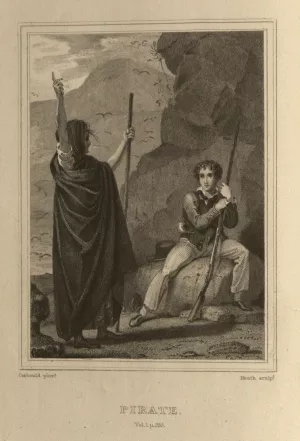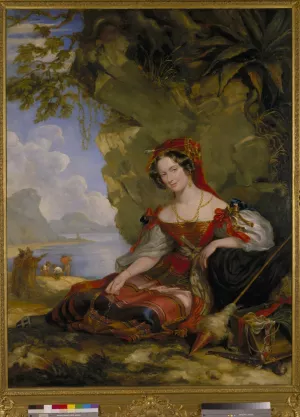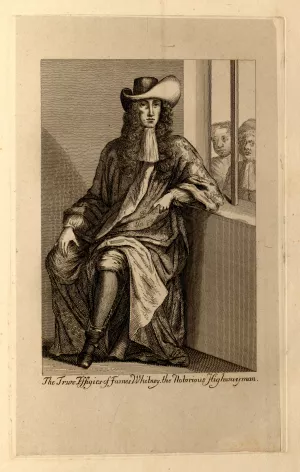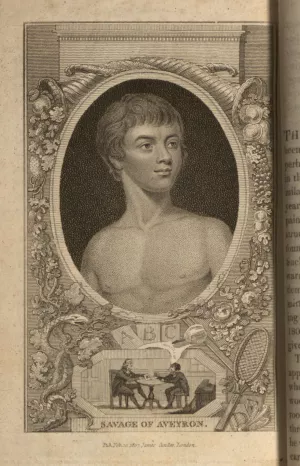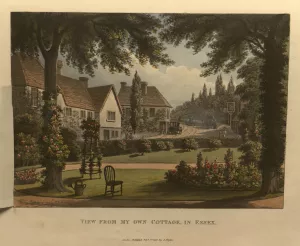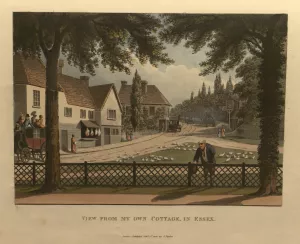Epitomized by Caspar David Friedrich’s Wanderer Watching a Sea of Fog (c. 1817-18), and the Wordsworthian peripatetic, the gentlemanly or artistic wanderer is integral to the Romantic imagination. Wandering lies at the heart of picturesque sightseeing, blank verse poetry, specimen collecting, and the Romantic cultivation of self. However, these forms of sanctioned wandering exist against a backdrop of less desirable movements that, nonetheless, inform, color and at times literally converge with the endorsed amblings of the inquisitive artist-gentlemen. Unsanctioned forms of wandering existed on a spectrum of criminality, which at times included peddlers, actors, shepherds, discharged soldiers, beggars, orphaned children, gypsies, sailors, highwaymen, and pirates, among others. These disparate groups, while often meticulously differentiated, were also increasingly amalgamated as vagrants through a series of common burdens and discriminatory practices, resulting from the enclosure of common lands and changing Poor Laws, licensing, and Vagrancy Acts in the eighteenth and early nineteenth centuries. This gallery seeks to explore some of the strategies of representation used to capture the vagrant body in print—and, furthermore, to tease out some of the tensions and slippages between the text as material object and the roaming body it seeks to arrest.


